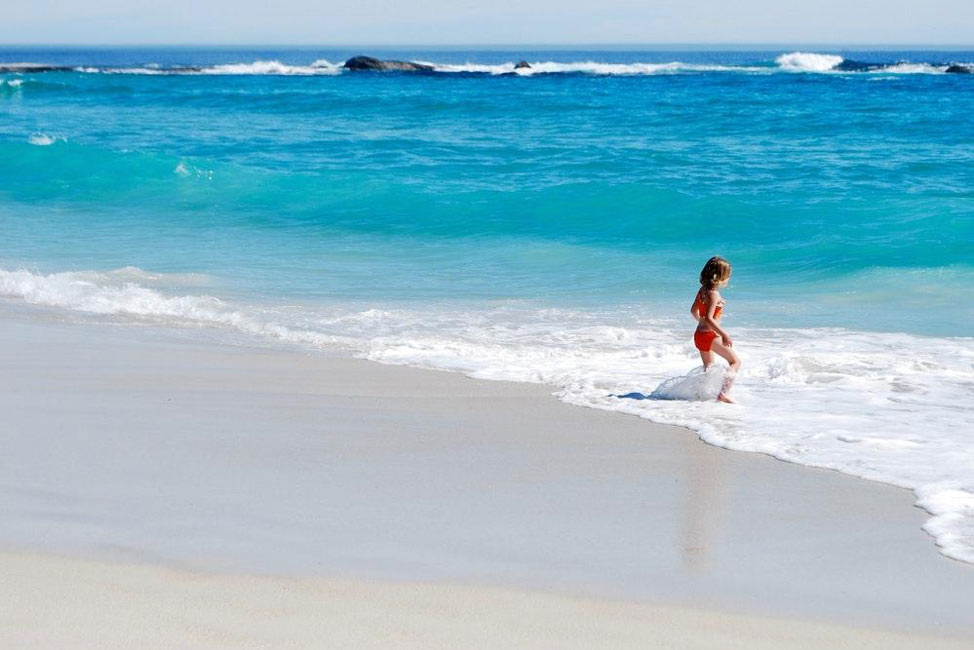Costa Rica is already working on a New Year’s Resolution for 2021. The two-part goal states that Costa Rica aims to be carbon neutral by 2021 AND that it intends to be the world’s first country to reach that goal. Is this possible? It’s an ambitious end for us to have set our sights on, but we’re making progress and when Costa Ricans pool their efforts, anything is possible.
A carbon neutral nation is one that offsets its carbon emissions essentially by planting trees. If you’ve been to Costa Rica, you can see how this exchange can work for us because we have one heck of a lot of trees.

Because our electricity is created by water, wind and solar power, we are able to imagine and even believe in a world in which our emissions are not more than the carbon our forests consume. One of our proudest environmental accomplishments in Costa Rica is that in the year 2018, the country was able to power itself for 300 out of 365 days on 100% renewable energy. This marks the 4th consecutive year that Costa Rica has drawn over 98% of its energy from renewable sources. As a country that depends on ecotourism, can you imagine how excited we are about this?
The story of Costa Rica’s forests has a beautiful beginning, a tragic middle, and what appears to be a very bright future. In the 1940’s, 75% of Costa Rica was covered by virgin indigenous rainforests and tropical dry forests. Deforestation, however, destroyed over half of Costa Rica’s forests by the early 1980’s, dropping the percentage of canopy cover to 26%. Fifty thousand hectares of trees per year were being lost at that time, mostly to create cropland and grazing areas for cattle. Perceiving the danger this practice was placing the environment in, Costa Rica began to change its practices, and by 1989, the deforestation rate had slowed by half. By the early 1990s, deforestation slowed to 4,000 hectares per year, and by 1998, a rate of 0% deforestation was occurring.
That in itself is an amazing story.

Zero percent deforestation does not mean that trees are no longer cut in Costa Rica—it means that tree cutting is regulated and that reforestation programs are repairing the damage created by present and previous generations. 2017 studies indicate that Costa Rica’s forest cover has increased to 52%, double the numbers of the early 80s. A remarkable 26% of Costa Rica’s territory is under national park protection.
Can we do carbon neutral? We think we can!
Another exciting step in Costa Rica’s quest to become carbon neutral is to eliminate single-use plastic.

What do we mean by this? Single-use plastic means exactly what it sounds like: plastic that is produced with the intention of being used only once. Straws, soda and water bottles, supermarket bags, and plastic cutlery are prime examples of products that are produced essentially to be thrown away.

The province of Guanacaste, being a remote area removed from metropolitan San Jose, is perhaps not the first province anyone would expect to lead the race to the end of single-use plastics, but we are in first place! Such a large segment of Costa Rica’s tourism is centered in Guanacaste that we’ve pulled out from our usual spot behind the curve, and appear to have taken the lead. In fact, Santa Cruz County has been declared free of standard plastic beverage straws. The papaya smoothie or ginger ale you buy in Tamarindo will most likely be served to you either with a paper straw or, in some cases, a metal straw that can be sanitized in a dishwasher. Got coffee to stir? Our stirrers (and our disposable cutlery) are made of a type of sturdy cardboard.
Pretty paper straws can be made from recycled materials. Photo by Danielle MacInnes

You, as a visitor in Costa Rica, can help us toward our goal of being carbon neutral. You can do this by conserving energy and by helping to eliminate the demand for single-use plastic. Here’s how:
What You Can Do To Help Eliminate Single Use Plastics During Your Tamarindo Vacation

- If someone offers you a plastic straw, don’t accept it.
Wait, but didn’t we just say plastic straws had been eliminated from Guanacaste? Why yes, we did. All the more reason, if the restaurant you sit at or the person you buy a coconut from on the beach tries to give you a plastic straw, you should hand it directly back to them and say, “No thanks.”
- No plastic to-go cups.
Finish your beer and then leave.
- Don’t accept plastic cutlery if you purchase food to go.
Upper-end Tamarindo restaurants don’t hand out plastic cutlery, but some of the more economic options might. Don’t take it with you.

- For picnics or convenient meals in your Tamarindo vacation rental, buy disposable paper plates, cups, and cutlery–not plastic. A brand called Bio that is sold in Tamarindo’s American-style supermarkets offers paper dinnerware at a reasonable price. It is still possible to find plastic plates/cups/cutlery in grocery stores, so please lend a hand in shrinking the market for them!
On behalf of the turtles, the birds, the whales, the dolphins and thousands of things you and I don’t even know the names of, GRACIAS!

